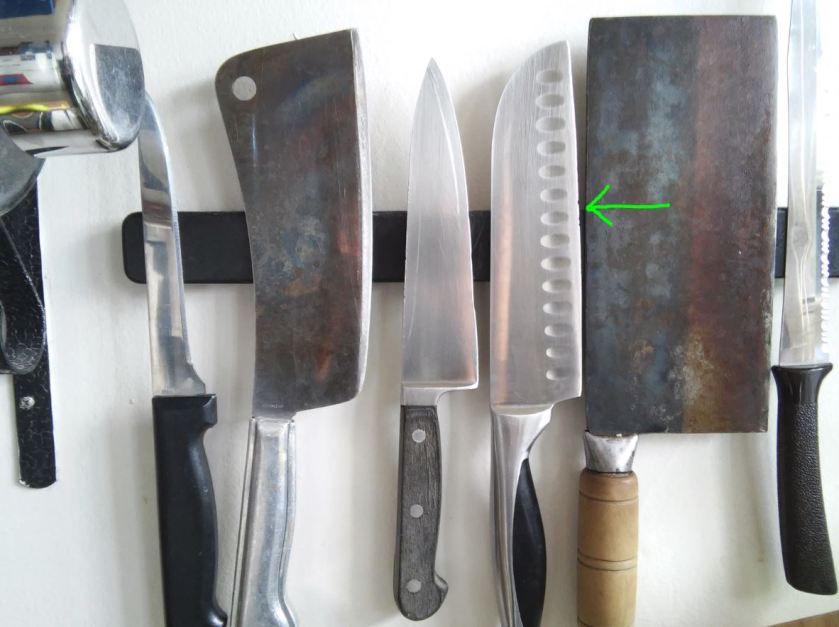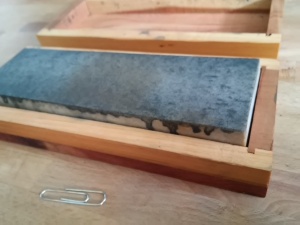Just FYI, I’ve dispensed with the beer-roundups format. From now on my beer posts will each review a single beer. I’m calling this one Beer Review #31 since my ten existing beer roundups contain three beers each.
Illumination, Central Waters Brewing Co.
Rating: 4.05/5
12 oz. bottle, 9% ABV, 108 IBU (estim.)
Man, that’s good. I gave this beer a 3.95 when it first came out two years ago. I wonder if the formula’s changed. Probably not, or Central Waters would’ve made a big deal of it, the way Sixpoint Brewing did with 2017 Hi-Res. Or Classic Coke. But “new formula!” is usually crisis PR disguised as marketing. That’s certainly not needed with this excellent brew from CW.
Too bad the aroma underwhelms. What am I smelling? Can’t say. The shy aromas hold themselves back. A bland appearance, too, a cloudy, dull amber, like a cellar-aged beer.
My wife says it tastes cellar-aged, too. It does! There’s an oxidized, buttery umami that . . . I don’t know how to finish that sentence. Something about pork. I love pork.
In the mouth it’s brilliantly complex, yet balanced. The clean, citrus hop bite presents first, with maybe a tinge of pine astringency. Then a ripe-fruit sweetness — sweet tangerine and papaya — swirls with the umami to create a proper meal of flavors: a summer fruit salad and a pork tenderloin in butterscotch reduction. Hyperbole? Sure. But the complexity does impress. Balance comes from the sweet fruit, as opposed to sweet malt. It reminds one of Dirtwolf (Victory Brewing). But better, with more body, more drying ethanol heat, and that character of butter-like, meat-like oxidation.
Uh, oh, hold on: the aftertaste is a bit yucky. The hops in the back end are all white-grapefruit pith, blotting out the fruity sweetness. I’m sure many a hophead would appreciate it. It’s very West Coast, I guess. But hear that? That’s the sound of me sticking my tongue out.
So I was mostly right two years ago with my 3.95 rating. Good on me.
Side note: this beer is a perfect candidate for the cellar. A year in cool darkness should knock the aftertaste down a notch or two.
[Image credit: beerpulse.com]














